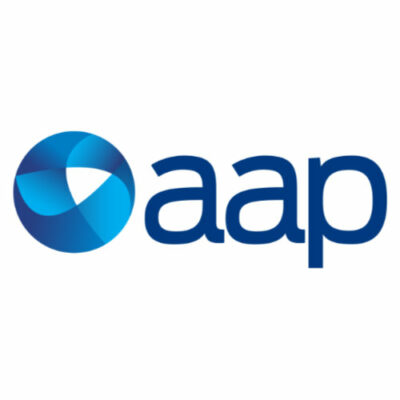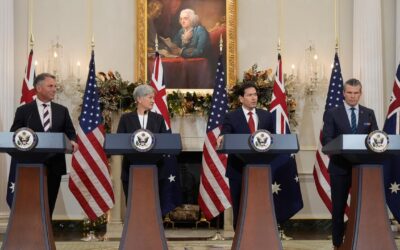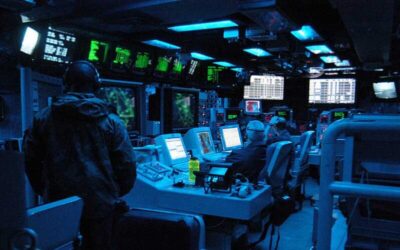Artificial intelligence could push up Australia’s neutral interest rate level, making it harder for the Reserve Bank the lower rates further.
The whereabouts of the neutral rate – the interest rate level that neither slows down nor speeds up the economy – has been a much-debated topic as traders speculate when the central bank will end its easing cycle.
In a speech on Wednesday, the RBA’s head of international department Penelope Smith said while neutral rates around the globe were gradually falling until the COVID-19 pandemic, since then multiple estimates have posited the neutral rate has remained steady or risen.
“Bringing this all together leads to the somewhat unsatisfactory conclusion: there is a lot of uncertainty about where neutral rates are and where they are going,” Dr Smith told the Australian Securitisation Conference in Sydney.
“What we can perhaps conclude, though, is that they have not fallen since the pandemic and may have even risen.”

Reserve Bank Governor Michele Bullock has consistently emphasised that the RBA’s assessment of the neutral rate was uncertain.
If you take the midpoint of the RBA’s models for the neutral rate, that would give you a rate of 2.9 per cent.
But Ms Bullock has recently said the current cash rate of 3.6 per cent was close to neutral, if perhaps a little restrictive.
If the neutral rate was higher than previously thought, that would make it more difficult for the terminal rate to go down much further without contributing to inflation.
Dr Smith said AI could drive up the neutral rate, if it resulted in higher productivity growth.
“Factors that could push neutral rates higher include growing fiscal deficits, a decline in the demand for safe assets if there is a loosening of post-crisis regulation, or a sustained increase in productivity growth arising from AI,” she said.
“At the same time, many of the factors that depressed neutral rates before the pandemic have not gone away.
“Despite AI optimism, productivity growth outside the United States has remained weak, and there will be continued population ageing.”
Greater global fragmentation could potentially restrict capital mobility and lower productivity growth, which would pull down the neutral rate, she said.
Despite increasing volatility, asset prices have remained elevated, suggesting investors have placed little weight in the risk of adverse events.
In its biannual check-up on Australia’s financial stability, the RBA warned low asset risk premia could result in a violent repricing in global financial markets if an unexpected shock occurred.
Dr Smith said market optimism around AI was one reason for markets’ ongoing positivity.
A negative reassessment of AI’s potential could result in a disruption to global financial conditions, she said.
Australian Associated Press is the beating heart of Australian news. AAP is Australia’s only independent national newswire and has been delivering accurate, reliable and fast news content to the media industry, government and corporate sector for 85 years. We keep Australia informed.





